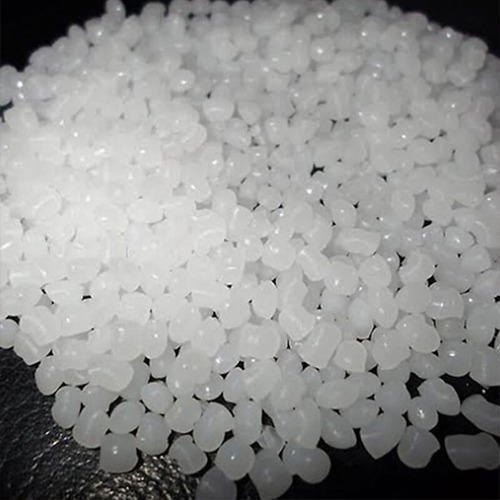The quest to artificially produce diamonds dates back to the late 19th century. Some of the earliest attempts involved attempting to recreate the extreme heat and pressure conditions found deep underground where natural diamonds form. It wasn’t until 1955 that the first successful artificial diamond was produced by chemist Hannawalt, Sands, and Kistler of General Electric. They used high-pressure, high-temperature treatment to create tiny diamond crystals just 0.15 mm in diameter. Development accelerated throughout the latter 20th century as techniques improved. By the 1970s, gem-quality artificial diamonds could be commercially manufactured.
Cultivating Diamonds in the Lab
Today, most synthetic diamonds are produced using the chemical vapor deposition (CVD) method. Specialized reactors are used to break down carbon-containing gases like methane or propane at low pressures of around one atmosphere. The gases are heated to temperatures between 600 to 1,100 °C using microwaves, radio frequency induction heating, or hot filaments. This causes the carbon atoms to separate and deposit in a crystalline form on a substrate, such as a diamond seed crystal or wafer. Layer by layer, a diamond crystal slowly grows. Manufacturers can control variables like temperature, gas composition and pressure to determine the crystal structure and quality. Growth rates average 1-3 mm per day, allowing mass production.
Properties and Composition
Physically and chemically, lab-grown diamonds are identical to those formed underground over geological eras. Both consist purely of carbon arranged in a crystal lattice structure. Diamonds grade D-Z color on the trade scale can be manufactured. Clarity ranges from Flawless to Imperfect levels depending on the substrate and number of inclusions. Carat weight and cut qualities mirror natural variations as well. Synthetic gemstones are also just as hard on the Mohs scale, thermally conductive, and chemically inert as diamonds mined from kimberlite pipes. Their molecular structure renders them visually indistinguishable from natural pieces using standard gemological tests.
Environmental and Ethical Advantages
Cultivating diamonds in a controlled setting provides several sustainability benefits over traditional mining. No heavy earth-moving equipment or toxic tailing ponds are needed. Energy usage and carbon emissions are much lower than open pit mining which disturbing vast acreage. Lab creation also avoids many issues around conflict diamonds, forced labor, and environmental damage that have plagued the natural industry. Companies can verify exact geographic sources and supply chain transparency, assuring customers their diamonds have no links to human rights violations or funding of armed militant groups. This provides a responsibly sourced alternative for consumers concerned about the social and environmental impacts of mined gems.
Applications Beyond Jewelry
While most lab diamonds are cut into gems, their unique physical properties lend them to diverse industrial applications as well. Synthetic crystals find use in components for advanced technologies. They are grown for applications such as semiconductor substrate materials, quantum computing qubits, heat spreaders for microelectronics, and coatings for cutting and grinding tools. Due to their extreme hardness, temperature resistance and optical transparency – synthetic diamonds are also being investigated for usage in next-generation focus lenses, window materials and thermal management systems. Researchers continue finding new ways to leverage their superb thermal, electrical and mechanical qualities across various high-performance industries.
Price and Availability
As mass production techniques mature, prices for cultivated diamonds continue declining to parity with some grades of mined gems. Ideal 1-2 carat stones commonly sell at 50-80% less. Lower costs come from streamlined manufacturing versus traditional mining extraction. Savings are passed on to customers. Lab diamonds over 3 carats can cost 25-40% less. Fancy colors fetch comparable rates to earth-mined equivalents. Cultivation also allows customized designs impossible to source naturally. Demand continues rising as more consumers recognize their positive attributes versus mined options. Leading jewelry brands now offer synthetic lines. Increased availability brings the sparkle of diamonds within financial reach of more people worldwide while curbing environmental and social issues.
The Diamond Market of Tomorrow
By some predictions, lab-created gems could account for 50% of the global polished diamond market within the next decade as production scales up further. While traditional miners actively fight this trend, it appears the future will involve a blend of both natural and artificially produced diamonds. Each fill distinct niches – mined stones maintaining cachet for investment-grade rare colors and sizes. Cultivated gems satisfying affordable fashion jewelry and industrial sectors. Rather than seeing them as competitors, a growing number of analysts believe both can coexist and even complement one another if producers adapt to evolving consumer demands and preferences. Together, they will continue fueling the prosperity and technology advancement powered by diamonds.
*Note:
- Source: Coherent Market Insights, Public Source, Desk Research
- We have leveraged AI tools to mine information and compile it
About Author:
Money Singh is a seasoned content writer with over four years of experience in the market research sector. Her expertise spans various industries, including food and beverages, biotechnology, chemical and materials, defense and aerospace, consumer goods, etc. (https://www.linkedin.com/in/money-singh-590844163)



